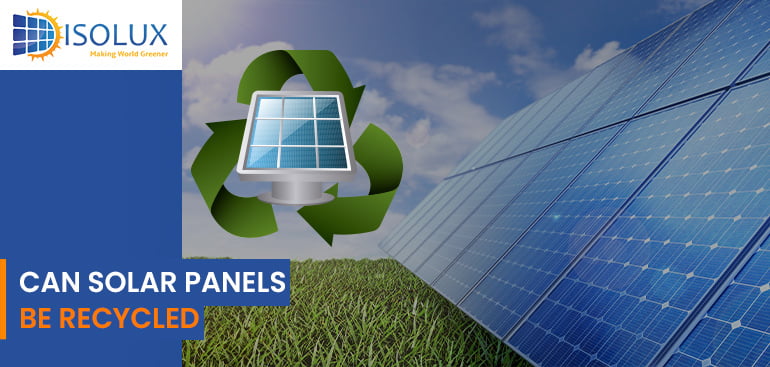In the era of renewable energy, solar panels have become synonymous with sustainability. But what happens to these solar panels at the end of their life cycle? Can solar panels be recycled, contributing to a greener planet? Let’s get into the details of the solar panel recycling process and its cost.
Solar Panel Recycling Cost in Australia
Processing solar panels by stripping and sorting involves specialized and costly machinery. In the early stages of the Australian solar panel recycling industry, the scale of operations was not large enough for the returns to offset these costs.
As a result, most Australian solar panel recyclers currently charge a modest fee per panel for recycling. Clive Fleming, overseeing Reclaim PV, a solar panel recycling plant in Adelaide, explains the necessity of charging at this stage due to the limited influx of solar panels. They denote that until they can sell materials in larger volumes, charging for the process and labor remains essential.
Households bear the cost of recycling their panels, with fees varying among recycling plants. Some solar installers may include recycling costs as part of their services. In Australia, recycling one solar panel costs around $10 – $20, plus freight to the nearest depot.
Understand Solar Panel Recycling in Australia
In Australia, a wave of solar panel recycling plants is emerging, pledging to recycle 100% of your old panels. This is crucial as a growing number of panels are reaching the end of their life cycle. It is projected that over 100,000 tonnes of solar panels will contribute to Australia’s waste stream by 2035.
The significance lies in preventing solar panels from ending up in landfills. Improper disposal can lead to the leaching of materials from the panels into the soil and groundwater, posing environmental risks. Recognizing this, the solar industry is awakening to the opportunity and responsibility it holds. While the Federal Government is taking steps, progress toward a national framework for proper solar panel recycling is gradual. Efforts have begun, but a concrete policy or industry guidance is yet to materialize.
Solar Panel Recycling Process:
Materials that can be recovered in the solar panel recycling process:
1. Aluminum
2. Glass
3. Silver
4. Silicon
5. Copper
6. Plastics
How are Solar Panel Recycled?
Certainly, solar panels can indeed be recycled. Silicon solar modules, comprising glass, plastic, and aluminum, are made from materials with high recyclability rates.
Despite their recyclability, the actual recycling process involves intricate steps and relies on advanced machinery.
Here’s a breakdown of the key stages in the successful recycling of a silicon module:
1. Removal of the aluminum frame (100% reusable).
2. Glass separation along a conveyor belt (95% reusable).
3. Thermal processing at 500 degrees Celsius.
4. This step facilitates the evaporation of small plastic components and eases the separation of cells.
5. Etching away silicon wafers and smelting them into reusable slabs (85% reusable).
How to Get Your Solar Panels Recycled?
1. Reach out to your local council: Contact your local council to inquire about available solar panel recycling options in your area.
2. Direct approach to a solar panel recycler: Contact a solar panel recycling plant, and request a quote. Some recyclers, like Reclaim PV, have established networks of depots across Australia in major cities and regional areas where you can drop off your solar panels.
Conclusion
As we navigate the landscape of renewable energy, the recyclability of solar panels emerges as a pivotal factor. In closing, it’s evident that solar panel recycling holds promise for a sustainable future, but continuous efforts and advancements are crucial.
Read Next Blog:




